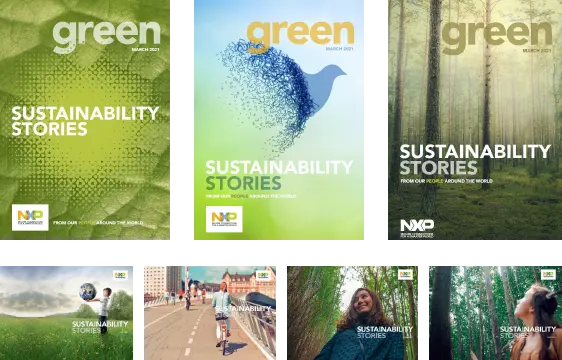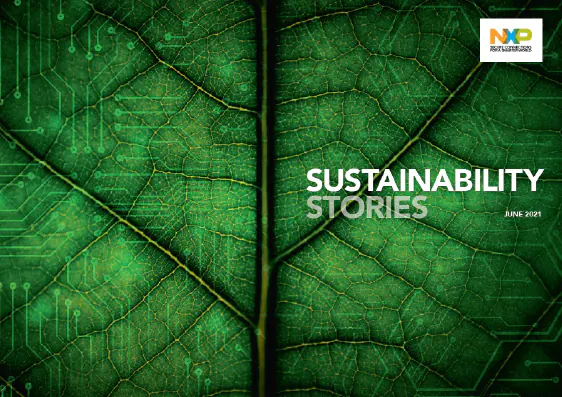Feedback Overload: A Recipe for Disaster or a Well-Crafted Dish?
Creative projects often start with clarity but can quickly descend into chaos as conflicting feedback clouds decision-making. The recipe for success? How you manage feedback and decision-making, and how you keep too many cooks from spoiling the dish.
We’ve all been there, investing time and effort into crafting a project, pouring our hearts into every detail. Then, when it’s time to present, a flood of feedback arrives.
“Maybe try this way.” “Can you adjust it to that?” “Have you thought about it differently?” Suddenly, what started as a clear idea turns into an overcomplicated dish overloaded with too many ingredients.
Giving and receiving feedback is essential to collaboration; it helps us refine our work and grow. The challenge isn’t in receiving feedback but in navigating it decisively. At Dark Grey Europe, we encourage every individual voice, but how do we distinguish between feedback that drives growth and improvement and opinions that distract and delay, especially when there are lots of hands stirring the pot.

dark-grey-europe_international-marketing-communications_nxp-sustainability-sources-different-concepts
We developed multiple options covering various requests

Feedback vs. Opinions: How to Filter What Matters
The root of this feedback chaos often lies in complexity and managing opinions. Large organisations rarely speak with one voice. Product owners, senior managers, and marketing teams each have their own agendas and priorities, each stakeholder bringing their own perspective, and just one more suggestion.
Without structure, even well-intended feedback can become noise. Instead of refining the work, it creates contradictions, slows decision-making, and risks turning a clear vision into a murky soup of competing preferences.
Like a well-run kitchen, successful collaboration needs a clearly agreed recipe together with a head chef, someone who ensures feedback enhances the outcome rather than diluting its intent. Feedback should improve the recipe, not just add seasoning to personal taste.
To start filtering what matters we use the brief, our agreed recipe. This should have all the agreed ingredients, the process, who is doing what and when. And of course, what it will cost.
But what happens when there’s a new recipe or the recipe changes?
Visualising Feedback
Feedback comes in many forms, but the challenge remains the same: balancing client expectations with creative expertise.
To illustrate how we approach this in practice, here’s how we tackled a complex creative challenge with NXP on developing their innovative Sustainability Stories magazine. A completely new publication for communicating NXP’s efforts to a wider audience.
The original brief for this pilot high-profile, corporate project, called for a striking cover image that reflected the brand but that would also draw interest from audiences outside the traditional technology sphere.
After a round of initial directions, the editorial team favoured a striking, thought-provoking image of a person with integrated circuits as the best direction.

dark-grey-europe_international-marketing-communications_sustainability-stories-initial-concept
Initial concept: NXP, Sustainability Magazine, June 2021
However, once wider stakeholders got involved, complications arose. Some found the human imagery controversial. Others wanted to depict their technology in action. Some suggested using children to symbolise the future.
With this new medium and with so many contrasting opinions from senior stakeholders in play, structuring the feedback process became essential. We developed multiple options covering the various stakeholder requests, together with guidance to help clarify what worked and what didn’t:
- Including people in “green” settings looked cliché.
- Depicting technology benefits was very promotional.
- Overly surreal compositions of nature and technology looked overly contrived.
This demonstrated how their ideas looked in context and provided a framework for the editorial team to field the feedback and take the direction back to their original recipe without stepping on sensitive toes.

dark-grey-europe_international-marketing-communications_final-choice-nxp-sustainability-magazine-june-2021
Final choice: NXP, Sustainability Magazine, June 2021
Ultimately, the decision landed on a large, striking close-up image of a leaf with subtly integrated circuitry. It successfully blended natural and technological elements in a way that was clear and compelling. The key wasn’t just finding the right ingredients—it was following a structured recipe that allowed the final dish to come together with clarity and confidence.

